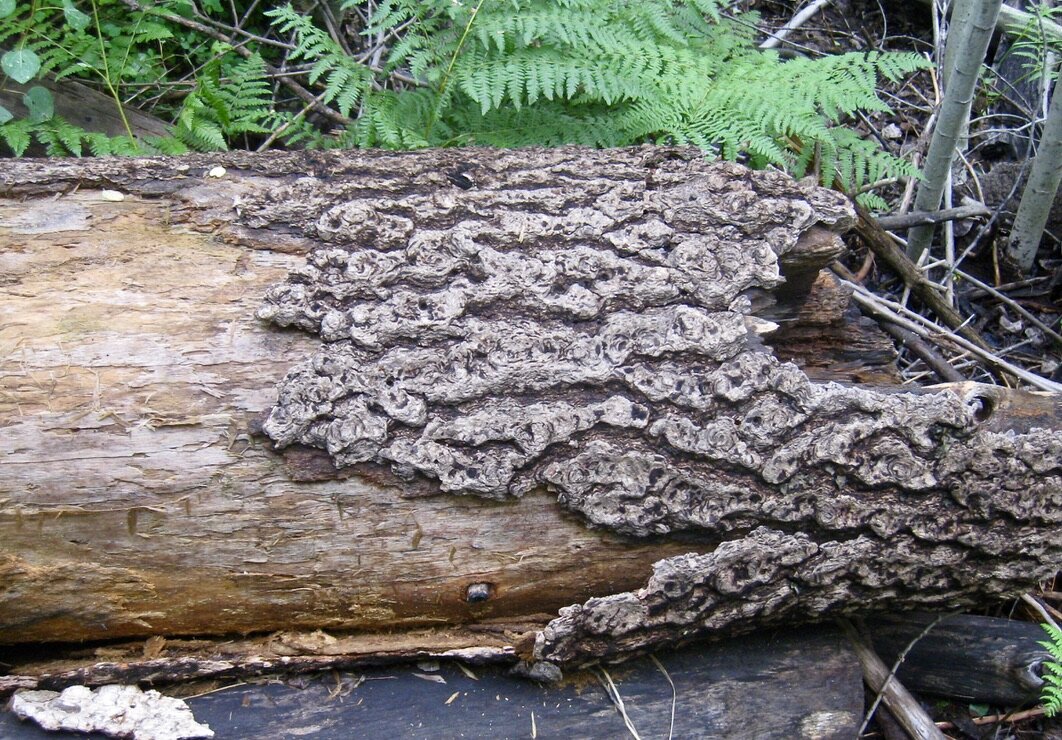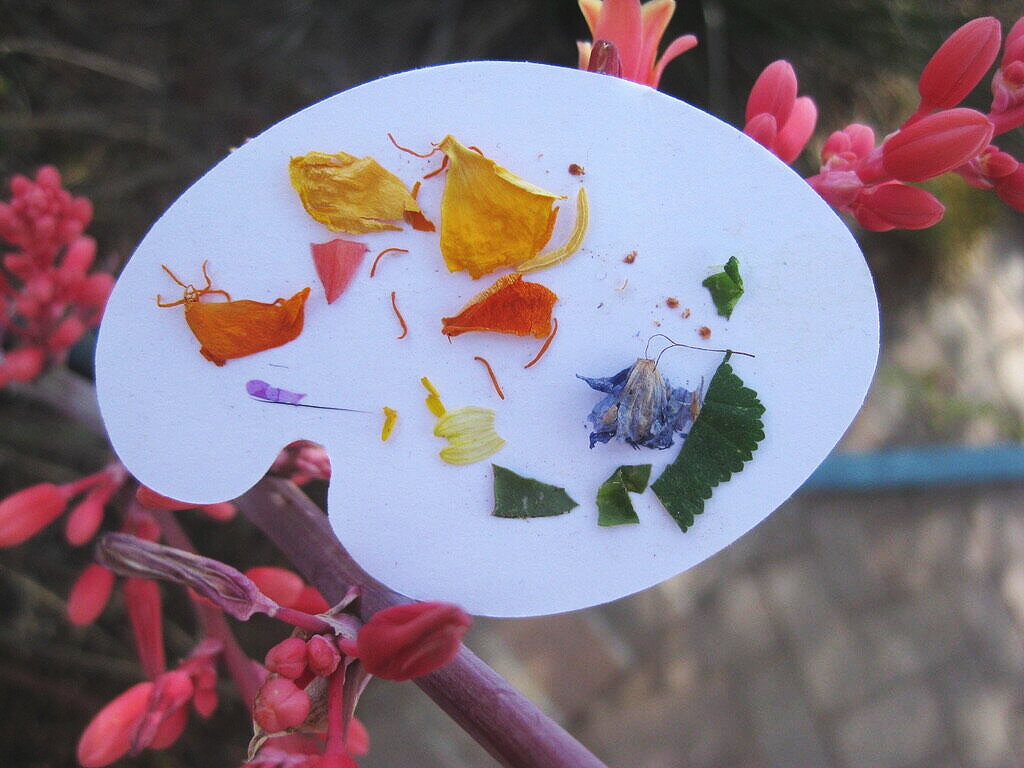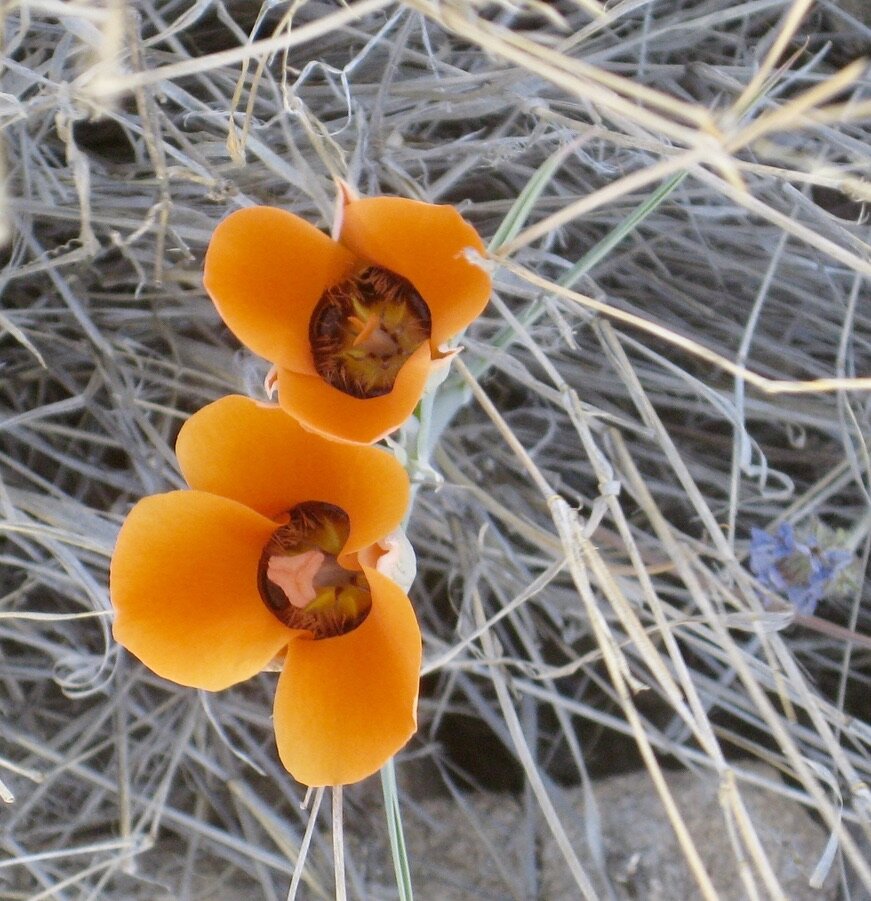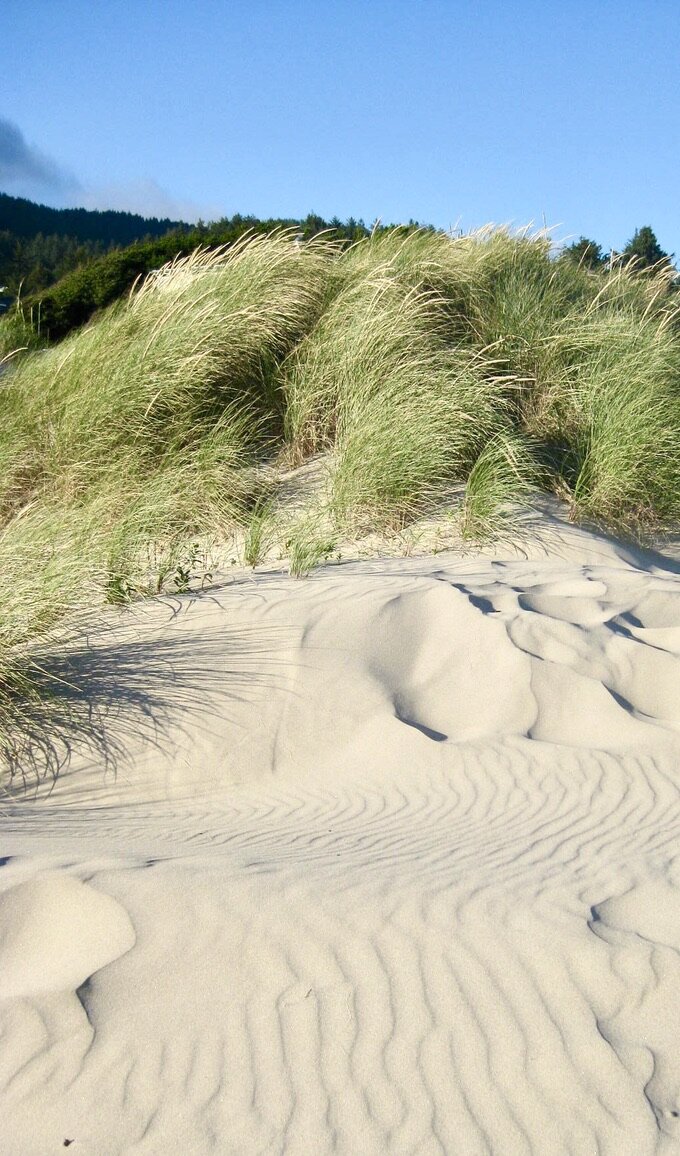Earthwalks, published by The Institute for Earth Education, 2019, pages: 304
Looking for a new way to help connect your visitors to the earth and its life beyond the typical “follow me, gather ‘round” technique on many outdoor walks? As a leader do you want some straight-forward techniques and ideas to lead a different kind of walk in nature? A new book, Earthwalks: an alternative nature experience by Steve Van Matre and The Institute for Earth Education (IEE), provides details on how to organize Earthwalks so participants can better experience natural places. Earthwalks focus on using our senses to enrich feelings of Joy, Kinship, Reverence and Love for the earth. Along with detailed leadership guidelines there are 50 new and revised activities to help those from 9 – 90 years old enjoy the earth.
First developed in the 1970s, the Earthwalk is a light, refreshing touch of nature. It is a non-identifying, non-threatening, non-quizzing experience to better connect us to the natural world. Earthwalks last 45-70 minutes and utilize 4-6 activities.
Photo Credit: Mike Mayer
Three great things about this new, colorful paperback book on Earthwalks: (1) all the Earthwalk activities from other IEE publications are now in one location (2) there are brand-new activities for the senses and feelings, and (3) there is lots of information for leaders. Although the temptation may be to leap right over the first 100 pages of leadership guidelines to the activities, please resist. Van Matre has carefully presented these guidelines, and though it may seem a bit overwhelming at times, it is important stuff.
For folks who follow our blog posts, EID is going to give away two Earthwalk books. One for someone who has been an Earthwalk participant or leader, and one for those who have never experienced an Earthwalk. More on the giveaway at the end of this page.
Earthwalks: “Structured Fun, Not Unstructured Play”
Photo Credit: Cooper Center for Environmental Learning. Earthwalk Activity - Hidden Worlds
This opening sentence of the book helps explain how Earthwalks are different from the typical “follow me, gather ‘round”/natural history/naming approach used by many nature walk leaders.
“An Earthwalk is a light, refreshing touch of nature that aims to develop the successive feelings of joy, kinship, reverence, and love for this incredible planet we share and its amazing natural systems and communities of life.”
“Structured Fun, Not Unstructured Play,” is a response to the current trend that encourages getting children and adults into the outdoors. Though there is nothing wrong with that goal, Van Matre takes the proponents of this trend to task for just turning folks loose in the outdoors, especially those of school age, and expecting “environmentally literate citizens” to magically appear. If that were the case those of us who grew up in a certain era would have already solved the world’s environmental crises. Even Steve came to realize this fact early in his earth education experience.
Earthwalk activities were first developed at a boys’ camp in Wisconsin in the 1970s and were designed to help people make “heart” connections with the natural world, discover ways to enjoy natural wonders, and to break down the barriers of distancing ourselves from nature rather than embracing the earth and its life.
Photo Credit: Mike Mayer
Earthwalk Activity - Color Dabs
Photo Credit: Mike Mayer
Steve soon discovered this was not enough. IEE began developing complete programs (Sunship Earth, Earthkeepers, and others) to help build Understandings of how the planet operates, activities to deepen Feelings for the earth and its life, and follow-through experiences to Process the understandings and feelings for crafting ecologically harmonious lifestyles.
I could relate to this idea of structured vs. unstructured time in the outdoors from my own experiences growing up. After school and on the weekends every kid in my neighborhood was turned loose to play sandlot sports, bike, run around with friends or explore undeveloped land nearby…just be home in time for dinner. We built forts, had “battles” with black walnut shells, dammed up creeks, chased animals, cut brush, crawled through storm drains and had a great time. However, it wasn’t until I had a bit of structure at a YMCA summer camp that I began to appreciate nature through hiking, canoeing, nature studies and loads of rich first-hand contact with the natural world for weeks at a time.
Photo Credit: Mike Mayer
But nature study at the camp was not fun. Pressing leaves, cutting up frogs, identifying trees, etc. – all pretty boring stuff to a boy like me. I began falling in love with the earth and its life when was assigned to lead nature study activities and was given Van Matre’s Acclimatization book by the camp director. That book provided some structure for exploring the communities of life (Understandings), and ways to incorporate rich, sensory, fun experiences (Feelings) into the program. A few months later when I participated in an Earthwalk during my first Earth Education Workshop, I realized this was the kind of structured fun I had been looking for and would gladly share with others.
Joy at being in touch with the elements of life “Earthwalks are sensory and visceral explorations of place.”
Kinship with all living things “We should not speak of blood lines, but energy and material lines in the web of life.”
Reverence for natural communities “Fostering sensory delight nurtures emotional depth.”
Love for the earth “Love unbridled by human desire will be the only salvation for the earth.”
Photo Credit: Mike Mayer
Earthwalk Activity - Rainbow Chips props
Photo Credit: Cooper Center for Environmental Learning
Earthwalk Activity - Rainbow Chips
Becoming a Conductor of the Earthwalk Symphony
“An Earthwalk leader sets the expectations, the stage, and the tone for this special experience with nature, and then leads the activities, almost like a conductor of a symphony: channeling the participants’ energy, setting the tempo, assisting them in tuning into what’s being performed. In this context, the activities are the ‘instruments for playing with nature,’ with the ultimate goal of discovering and responding emotionally to the “music of the spheres.”
This conductor metaphor introduced by Van Matre is a good one to use and a good one to remember as an outdoor leader or an interpreter. We want the natural world to be the star during the Earthwalk activities, while the participants “play” their parts making personal connections with the earth. An Earthwalk leader is not the “sage on the stage” but simply gets things started with a few directions and demonstrations -- before the music begins.
As “conductors” Van Matre provides some key reminders of things to avoid and things to pay attention to as leaders. Frankly, these are good points to remember for anyone working in educational settings.
“Four Behaviors to Avoid:”
Naming and Labeling
Talking Without a Focal Point
Playing Twenty Questions
Drifting into Activity Entropy.
Steve also shares nineteen (19) guidelines that Earthwalk leaders use to ensure a successful Earthwalk. In Van Matre’s words —“Please give the following points your full attention.” Here are a few examples:
· Make sure participants know that an Earthwalk requires full participation – no observers.
· Go “off trail” whenever possible.
· Create an atmosphere of guided discovery.
· Limit what you have to say before the activity begins -- a minute or two is plenty.
· Praise positive behaviors early on.
· Include a bit of humor.
· Don’t process the Earthwalk after it is done – let folks savor it on their own.
· Let the activity do the teaching, not the leader.
Composing a Great Earthwalk
Photo Credit: Mike Mayer
One thing I learned from leading hundreds of Earthwalks is that it takes time and practice to “get it right.” One graduate student I worked with mentioned how she dreaded leading Earthwalks with students or adults. But after a few weeks of getting all the preparation, organization, and pace in place, she could focus on the natural world, easily make sure everyone participated, and establish a well-connected flow with the activities. Then Earthwalks became her favorite experience during the Earthkeepers program because she could improve her relationship with the earth, share some amazing discoveries with individuals, and enjoy seeing others made connections to the earth and its life.
When planning your Earthwalk, and seasonally thereafter, let the land show you what it has to offer in the way of Joy, Kinship, Reverence and Love. You will not be disappointed. Any natural community will offer up its delights when you travel through it with openness, which, in turn, will make clear which activities will highlight the land’s special places and passengers.
Conductor’s Notes
Every measure in a piece of music has something to offer and something to say. The same is true when composing a great Earthwalk and Van Matre points out six key “measures” along with plenty of “conductor’s notes.” Here are a few highlights:
First Measure – Preparation: Two important questions: Where will the Earthwalk take place and who will come? Answering these questions goes a long way in preparing the activities and where to travel.
Second Measure – Participation: This measure is vital to an Earthwalk – there are no observers. Since most folks have probably participated in a “walk and talk format” at some point, best to prepare everyone for participation before the walk begins, make sure everyone is involved in the opening activity, and use clear, light-hearted leadership to ensure full participation continues.
Third Measure – Organization: Here is where the attention to the small, mechanical details of setting up and leading activities creates a feeling of “lightness.” When and where will folks sit or stand? Will they share or not? Will they keep a prop or turn it in? What will they do when traveling from one place to another? Group size, age of participants, developmental abilities, previous experience, and more all need to be considered.
Fourth Measure – Focus: Structure in an experience keeps the participants focused on the task at hand. Once the activity is in motion, focus allows the leader to reinforce discoveries and acknowledge the feelings and efforts of the participants.
Fifth Measure – Pace: “Pace is to an Earthwalk what timing is to a musician. It can be hard to get it right, but when it is, the feeling is unmistakable.” Folks should have a sense of “buoyancy” when they leave an Earthwalk. Once again, your location, the audience, and the discoveries and the feelings during the experience will help the leader set and adjust the pace.
Sixth Measure – Flow: This is perhaps the most important measure. How to make the entire Earthwalk feel like a continuous experience and not a serious of disjointed activities? The leader must not only be the “conductor” but also the “musical arranger” so participants are pulled into new appreciations “…for the freshness and vitality of all things natural.”
Photo Credit: Cooper Center for Environmental Learning
Earthwalk Activity - Magic Paintbrushes
And Now (drum roll, please) …The Activities
Each activity is written in a “you are there” narrative format along with any activity “instruments” required, some general notes for the leader, and which feeling the activity focuses on.
The new activities were developed and piloted in several different natural communities (deserts, seashores, forests, fields, etc.), during all seasons, and in a variety of weather conditions. Not every activity works in all situations, but most will work everywhere.
Photo Credit: Mike Mayer. Earthwalk Activity - Scent Sacks
Photo Credit: Mike Mayer. Earthwalk Activity - Song of the Season
The feeling of Joy is the focus of 38 activities — 11 are brand new and 27 revised. There are old favorites like Rainbow Chips and Angles, along with new ones like Spotlights and Tuning-In.
For Kinship there are three new activities (Repatriating Treasures, Desert Softies, Stories in a Stone) along with three revised ones (Secret Skeletons, Images, and Hatching). All the Reverence activities (Cord of Respect, Mysterious Niches, Reverence Triangles) and all the Love activities (Love in a Box, Touching Love, Unlocking Love) are new.
Photo Credit: Mike Mayer
Earthwalk Activity - Reverence Triangles
Photo Credit: Mike Mayer
Earthwalk Activity - Touching Love
Some of the activities require props to enhance the feelings and sensory experiences, while others do not. Some are ambulators, taking a group from one place to another, while some are more stationary.
Photo Credit: Mike Mayer.
Photo Credit: Mike Mayer
Earthwalk Activity - Secret Skeletons
Please be aware: There is no electronic version of the book and that might be off-putting to some 21st Century readers. The activity cards in the former Earthwalk sets, “Earth Magic” and “Snow Walk,” are no longer available. Now you have to flip through the book, not spread out the cards, to sort through activities you wish to select. However, these are minor inconveniences compared to the focus on Joy, Kinship, Reverence, and Love, awakening our senses, the many details on leadership, and the wealth of new and revised activities. If you want your visitors to make a deep personal connection with the natural world, this book provides a path through their hearts to the earth.
Photo Credit: Mike Mayer.
Photo Credit: Mike Mayer.



















